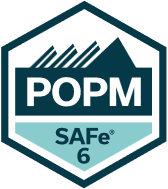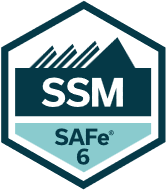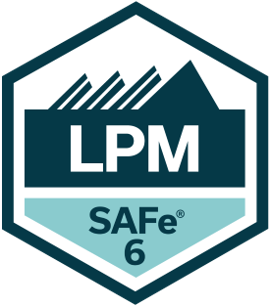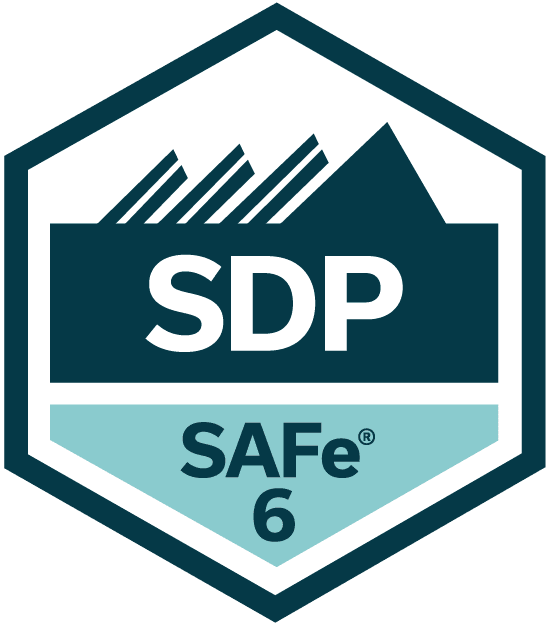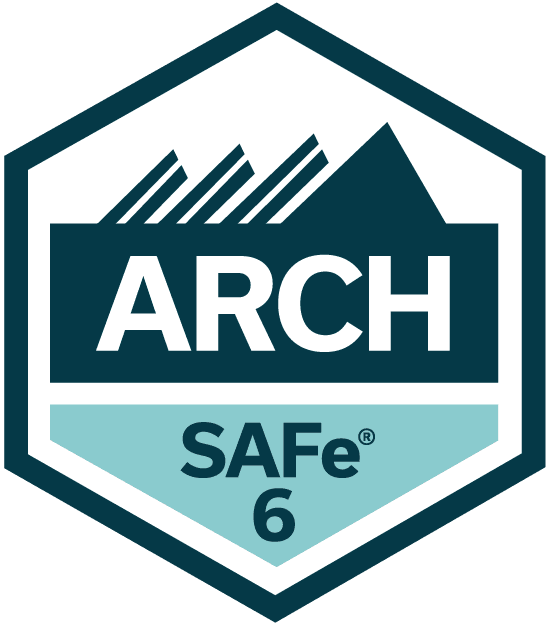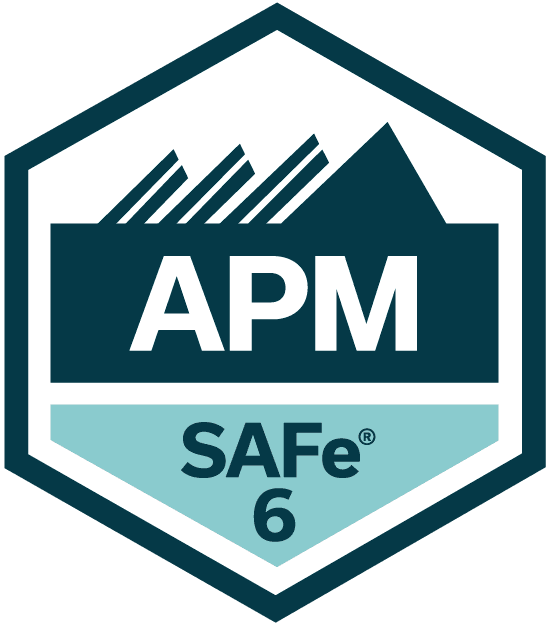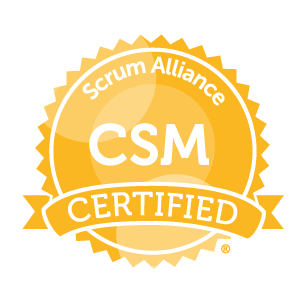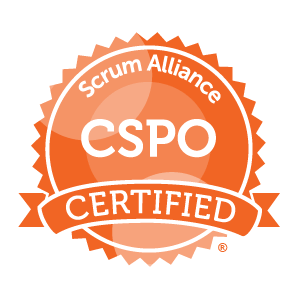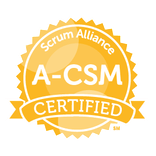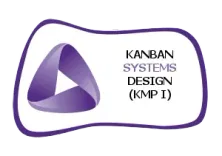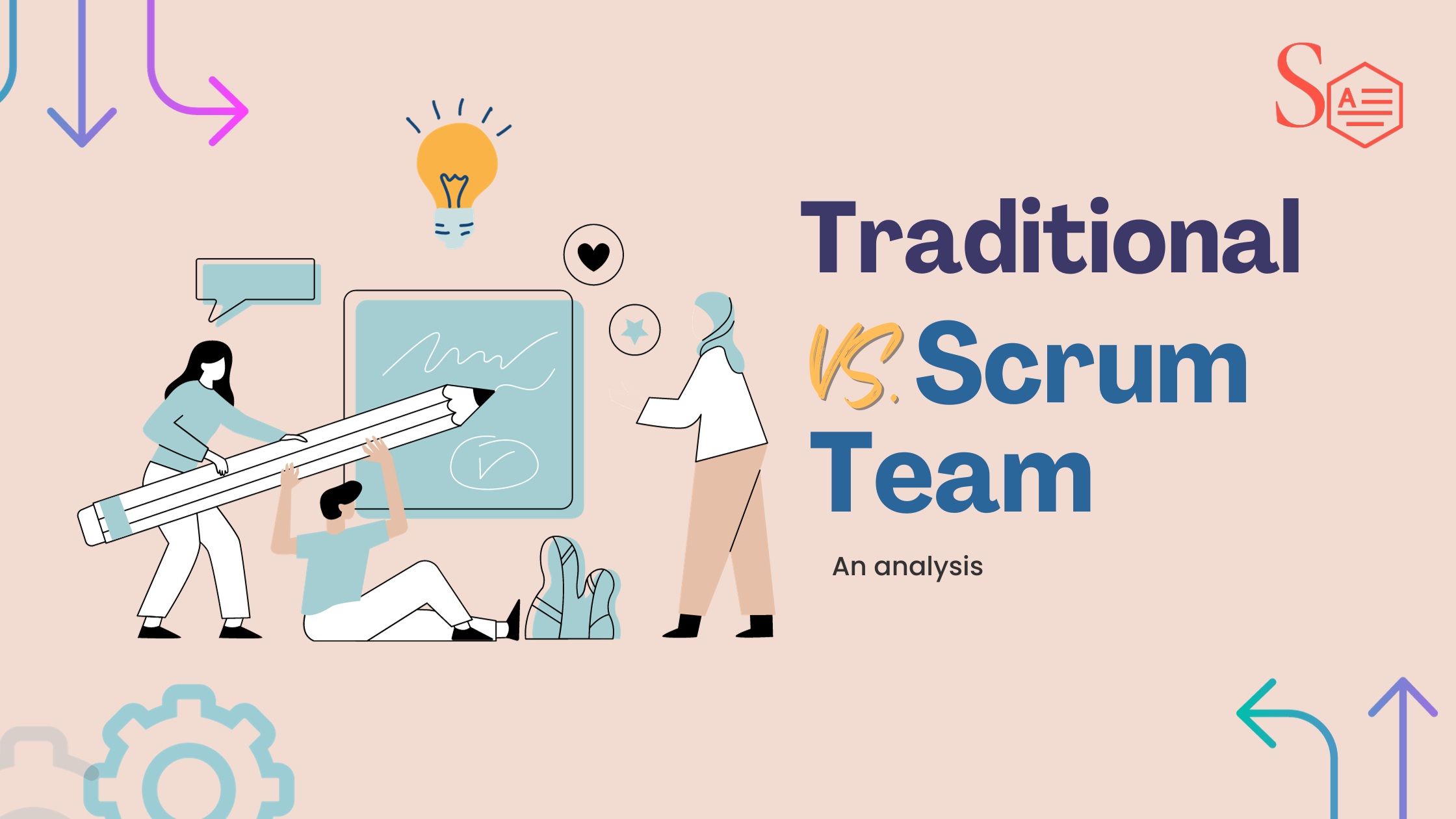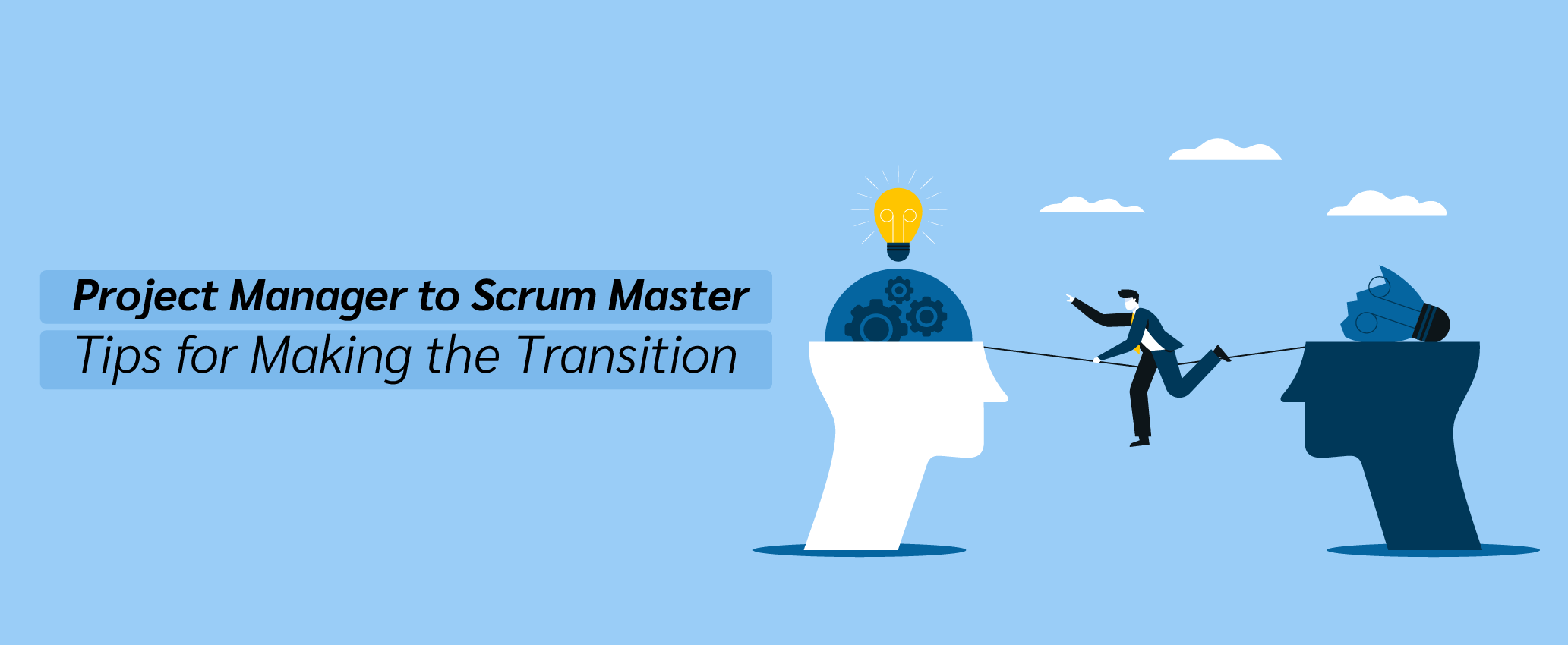Agile methodologies have gained significant traction recently, with Kanban and Scrum emerging as two of the most popular frameworks. These approaches aim to facilitate efficient project management, but they differ in crucial ways, making them better suited to specific project types and organizations. In this article, we will analyze the similarities and differences between Kanban VS Scrum and provide insight into which methodology may be most appropriate for your project.
Introduction to Kanban & Scrum
Kanban and Scrum are two project management methodologies that aim to achieve incremental progress and continuous enhancement. However, the approaches they use to achieve these objectives are distinct. Kanban is centered around the visualization of tasks and continuous workflow, while Scrum is focused on setting timelines for each delivery cycle and assigning specific roles within the team.
Kanban and Scrum draw inspiration from Agile and Lean methodologies, with Scrum often being more closely associated with Agile. As a result, Kanban and Scrum exhibit adaptability, transparency, and a propensity for streamlining inefficiencies within the project process.
Since Agile and Scrum methodologies have shown that they bring progress and results, instead of rushing to see the differences, let’s see what Kanban and Scrum bring to the table first.
Kanban
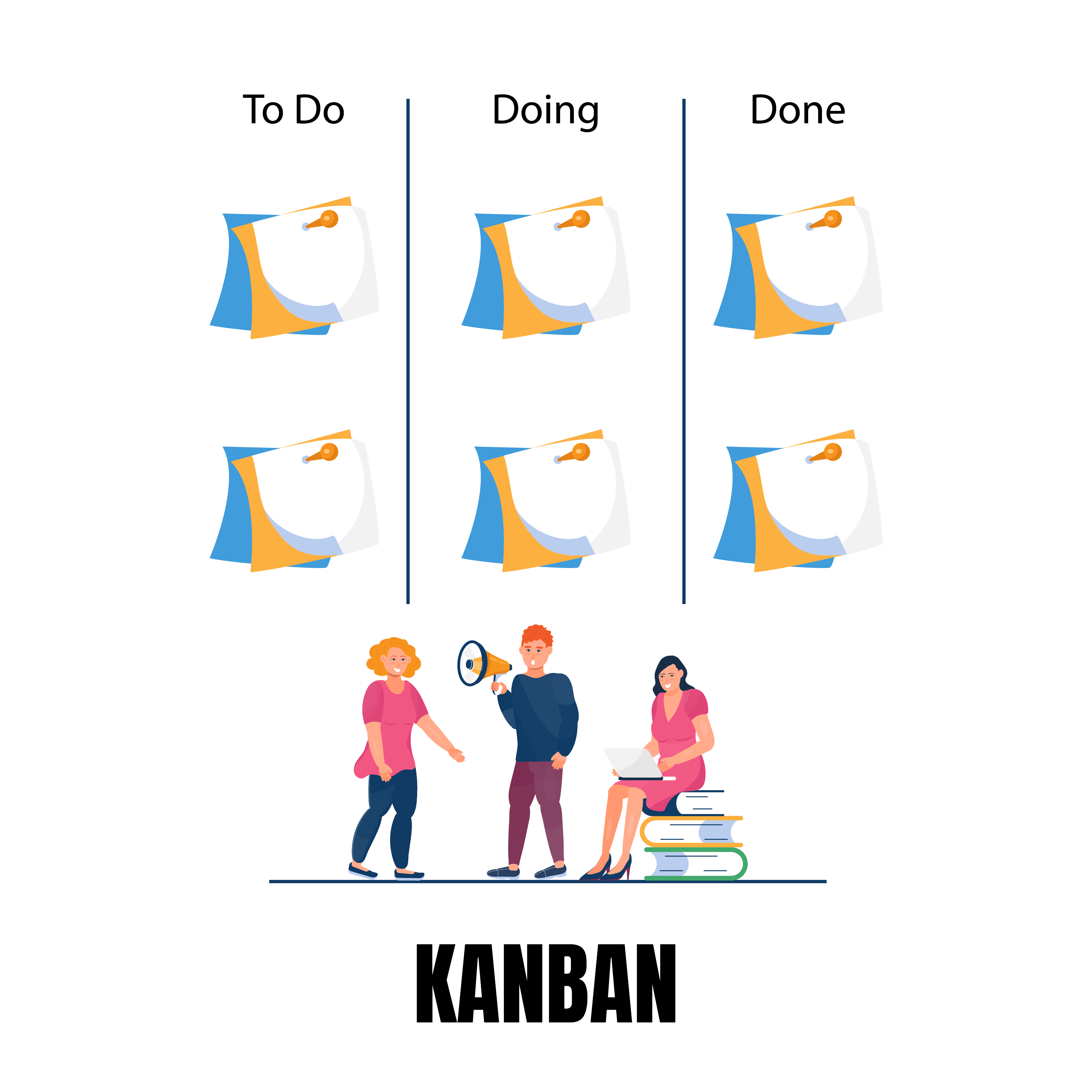
Kanban is a workflow management methodology that facilitates the optimization of processes by providing a visual representation of tasks on a Kanban board. This approach enables continuous processing of work items while establishing work-in-progress limits at each workflow stage.
In other words, it is a framework that focuses on visualizing and limits WIPs and reduces project duration by using Kanban boards to help improve their workflow. It is the second most popular framework in Agile practice.
The Kanban Principles
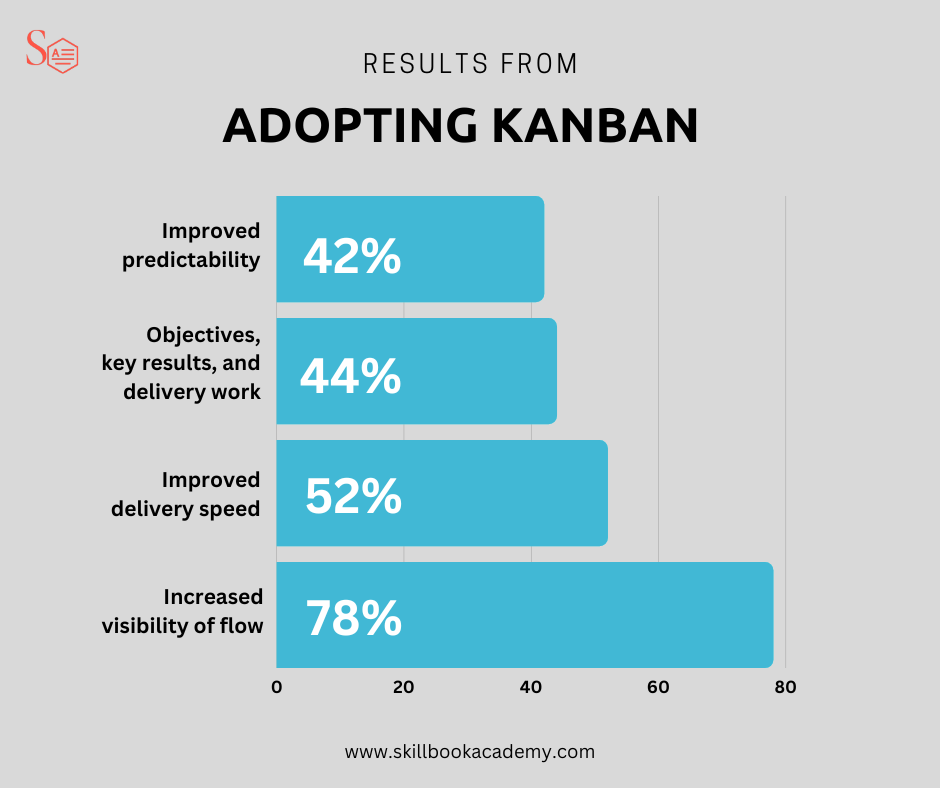
Kanban is centred around the swift completion of tasks, and its core fundamentals can be broken down into two types of principles: Change Management Principles and Service Delivery Principles. The framework comprises six core practices that ensure optimal workflow management and productivity.
Practices of Kanban
- Visualize
- Limit WIPs
- Manage flow
- Transparency
- Feedback Loops
- Continuous growth
Scrum
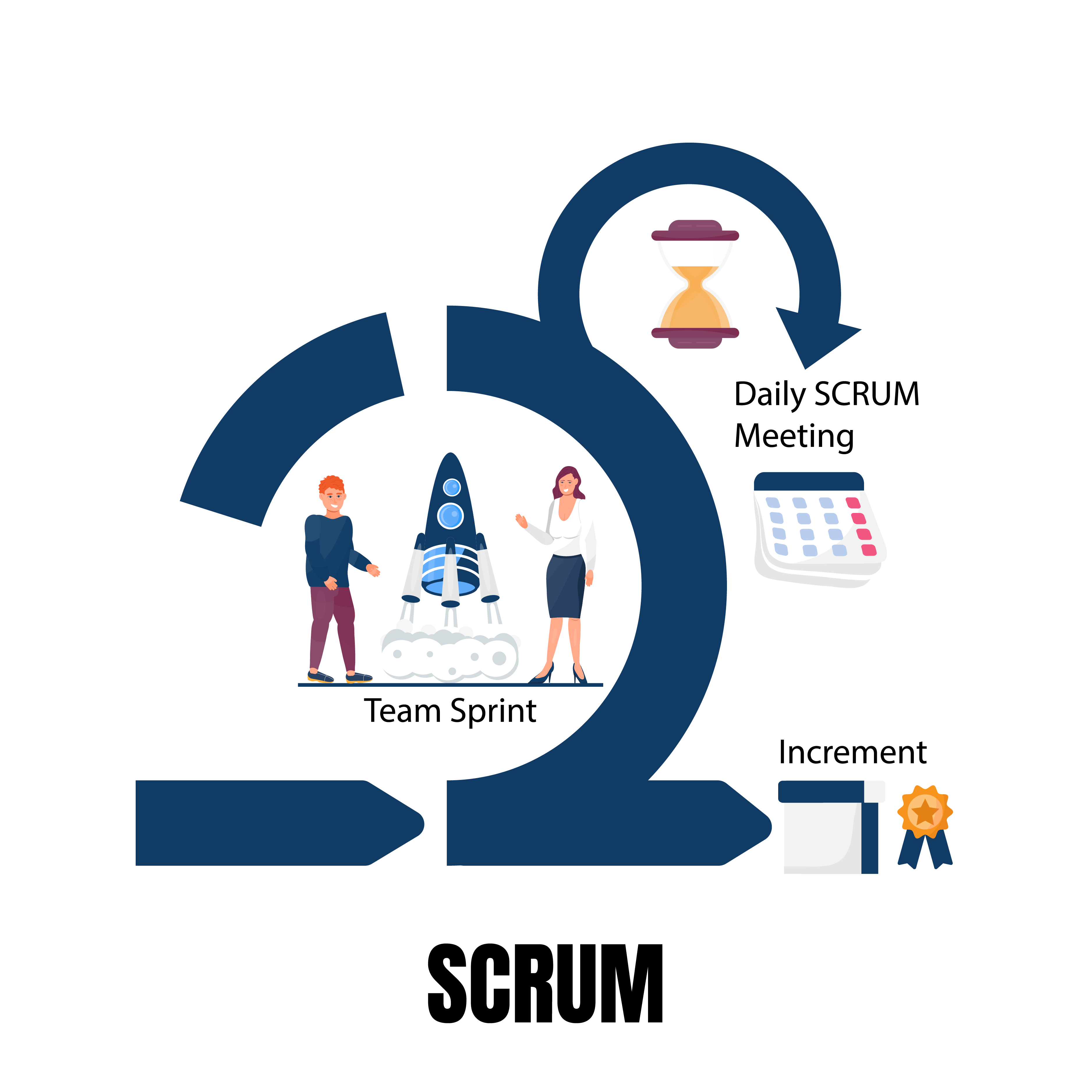
A framework that eases team collaboration and helps track the progress of their tasks through specific processes and practices. It produces results in quick intervals with an emphasis on iteration, progress and teamwork.
Scrum is so well known because it can be used in all types of teamwork situations.
The Scrum Process
The teams complete specific tasks for every iteration, which are called sprints. They are short periods when a team decides their work plans.
This helps teams get their desired results with fewer issues and can’t be done without team collaboration.
What is a Sprint?
A sprint is a short period where teams decide what they need to work on to ensure that the software is up to their set standard by giving and receiving feedback and making corrections.
What does a Sprint consist of?
A sprint usually consists of,
- Ideation
A meeting to help team members choose their daily tasks and determine what they have to finish.
- Daily meetings
A quick meeting to get everything on track and ensure everyone is updated.
- Review
A meeting where the team shares their work and receives feedback for corrections.
- Retrospectives
A meet held after reviews and before beginning new sprints. It is meant for ideation and team collaboration.
Comparing Scrum Vs Kanban
SCRUM KANBAN
| The roles are adequately defined. I.e. Scrum master, product developer, and more |
The roles are not adequately defined, meaning they can change frequently. |
| Cross-functional teams are prioritized. | Teams that are specialized in specific fields are prioritized. |
| Teams don’t use visualization processes. | The whole framework is built on visualization processes. |
| Teams use Jira Software, ZoHo Sprints, VivifyScrum, QuickScrum and more. | Teams use Kanbanize, Kanban Zone, Wrike, ClickUp and more. |
| These teams track their progress through sprints. | These teams use task cards to track their progress. |
| The scrum methodology focuses on the backlog. | The Kanban methodology focuses on the process dashboard. |
Which is the Right Framework for you?
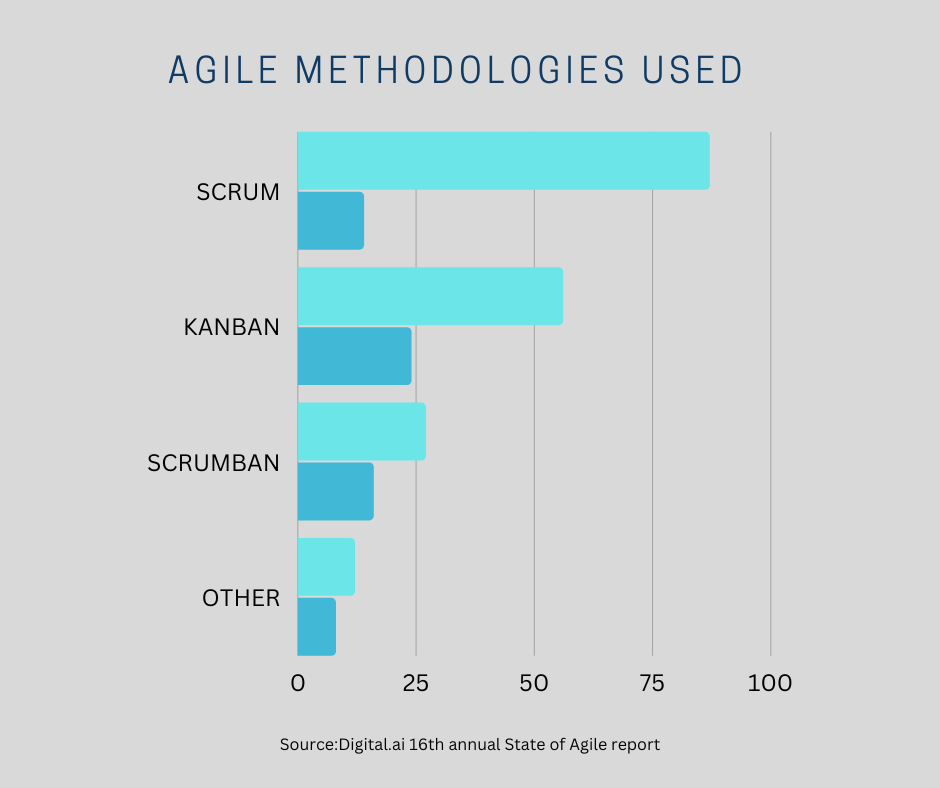
Finding the proper framework depends entirely on your requirements; the bright idea would be to test both to see which framework suits your organization the best.
When choosing Kanban
Kanban has been proven to enhance visibility, promote a culture of continuous improvement, and boost productivity. It is a flexible methodology that can be integrated into existing workflows, including Scrum, allowing organizations to leverage the benefits of Agile processes without requiring a complete overhaul of their current work processes. As such, Kanban is a suitable choice for those seeking to initiate an Agile approach while maintaining their current workflow structure.
When choosing Scrum
Scrum has been demonstrated to improve productivity, accelerate delivery, reduce costs, and enhance quality. Project managers often view Scrum as a practical approach for handling complex projects or those undergoing frequent change.
Scrum is particularly suitable for industries that experience frequent changes or projects that require adaptability to feedback. This includes industries undergoing frequent technological advancements or projects to develop new products. As such, Scrum is a valuable approach for those seeking optimal outcomes in dynamic and evolving environments.
Scrumban: choosing both
Scrumban is a hybrid methodology that integrates both Kanban and Scrum practices. It utilizes Scrum’s processes in conjunction with Kanban’s visualization tools. Scrumban is an ideal approach for teams already familiar with either Scrum or Kanban and wish to incorporate the other into their workflow.
Now that it’s easier to compare Kanban and Scrum, you can try to implement both frameworks to find the right one for your team or organization.

